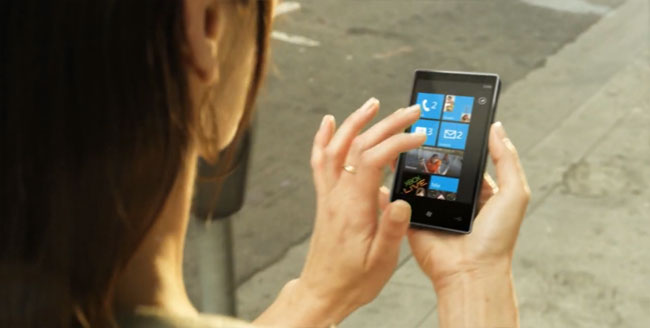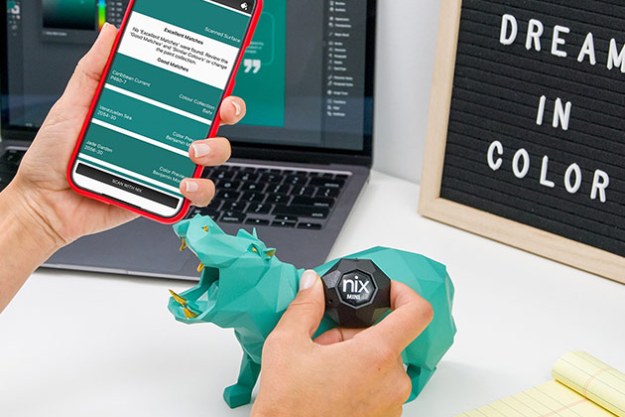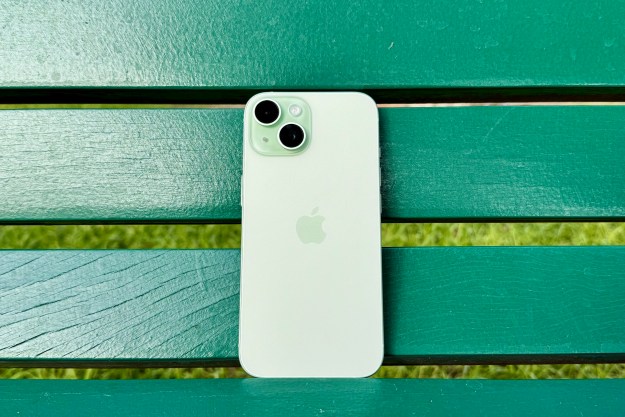
After years of scratching away at competitors like Apple, Palm and Google with Windows Mobile, the software equivalent of a steam shovel among bulldozers, Microsoft is finally ready to wheel out its own heavy equipment. Windows Phone 7 Series will arrive this fall, giving Microsoft one more shot to prove that the Windows name belongs in your pocket as much as on your desktop. A handful of prototypes made their way to press and developers early this week as part of a technical preview, giving a sneak peek at what’s to come. Here’s what you need to know about Microsoft’s last hope for mobile salvation.
Interested in a Windows phone? Check out our picks for the best Windows phones, as chosen by our reviewers.
What’s different about Windows Phone 7?
Everything. Microsoft has started completely fresh with the design for Windows Phone 7, so old users won’t even recognize the new interface, which now uses a system of tiles and hubs. Other major additions include voice recognition, integrated Xbox Live functionality, and multi-touch support.
How has the interface changed?
The old interface, was was originally developed for stylus input, has been replaced with a finger-friendly system of “tiles,” which represent functions like messaging, Facebook or Internet Explorer. They’re really just smaller icons within a system of six hubs, like Photos, Office and Games. Much of the navigation between them takes place with up-down swides and side-to-side panning from screen to screen.
The visual style has also changed with an emphasis on minimal clutter. Zune HD owners will immediately feel familiar with everything from the wiry sans serif fonts to the grid-like graphics and black background.
Will it run old Windows Mobile software?
Unfortunately, no. Due to the “fresh start” approach, code written for different versions of Windows Mobile won’t work on Windows Phone 7, so all your favorite apps will need to be rewritten.
What about an app store?
Microsoft has wisely decided to go with an app store, dubbed the App Marketplace, so you’ll be able to download new programs directly to your phone the same way you would on iOS, Android or webOS. Of course, all these platforms also have a huge head start on Microsoft.
 Will Microsoft produce its own Windows Phone?
Will Microsoft produce its own Windows Phone?
No. Although Microsoft produces the Zune HD – a very close relative of Windows Phone 7, Microsoft has no plans to scrape together a phone of its own. The usual alliance of Microsoft partners, including Samsung, LG and Asus will produce the actual hardware.
Microsoft has, however, ratcheted down new restrictions on its partners, which will likely keep the first crop of phones to a more consistent quality than the scatter-shot selection of hardware we remember (not so fondly) from Windows Mobile.
What kind of hardware will it come on?
As noted above, Microsoft has imposed some severe restrictions on OEMs to ensure Windows Phone 7 doesn’t end up on hardware that simply can’t deliver the full experience. According to Microsoft, every Windows Phone 7 device will require:
- Capacitive touch screen with 4 or more contact points
- A-GPS, accelerometer, light and proximity sensors
- 5-megapixel or better camera with flash and hard shutter button
- Codec acceleration for multimedia
- 256MB or more of RAM, 8GB or more of flash memory
- GPU with DirectX 9 acceleration
- ARM v7 Cortex, Scorpion or better CPU
- FM radio tuner
- Dedicated back, start, search, camera and power buttons
Will it multitask?
Amazingly enough, no. Microsoft has already come out and admitted that Windows Phone 7 will not run multiple applications at once, as part of its emphasis on simplicity. A process internally dubbed “tombstoning” will save your state in an application so you can return to it without losing your place, but processes won’t run in the background. Considering webOS, Android and even iOS now support multi-tasking, this will put Windows Phone 7 at an immediate disadvantage.
What else is a missing?
Based solely on first impressions, the only other notable missing feature will be copy and paste, which Microsoft has apparently left out for the sake of simplicity, just like multitasking. Some hints from Microsoft developers seem to suggest that both features have already been planned as upgrades later on, after smoothing out the initial kinks.
Will it support Flash, Silverlight or HTML5?
The technical preview distributed to developers and journalists lacked all three platforms, but Adobe has already pledged it will work to develop a version of Flash for the production version, and Microsoft will naturally provide Silverlight support as well. However, because the browser is based on Internet Explorer 7, it looks like HTML5 will be a no go. That will certainly put it (even more) at odds with the Apple camp, where Steve Jobs has pulled the opposite approach by barring Flash and embracing HTML5.
When will it become available?
Microsoft still hasn’t announced any firm release dates, but it October and September both seem likely candidates for the first assault of Windows Phone 7 devices.
Editors' Recommendations
- You’ll soon be able to control your iPhone and iPad with your eyes
- I have the Google Pixel 8a. Here are 6 things you need to know
- The Apple Watch is the best iPhone camera accessory you didn’t know you needed
- Google Pixel 8a vs. Pixel 7a: Do you really need to upgrade?
- Are you having iPhone alarm problems? A fix is coming soon



